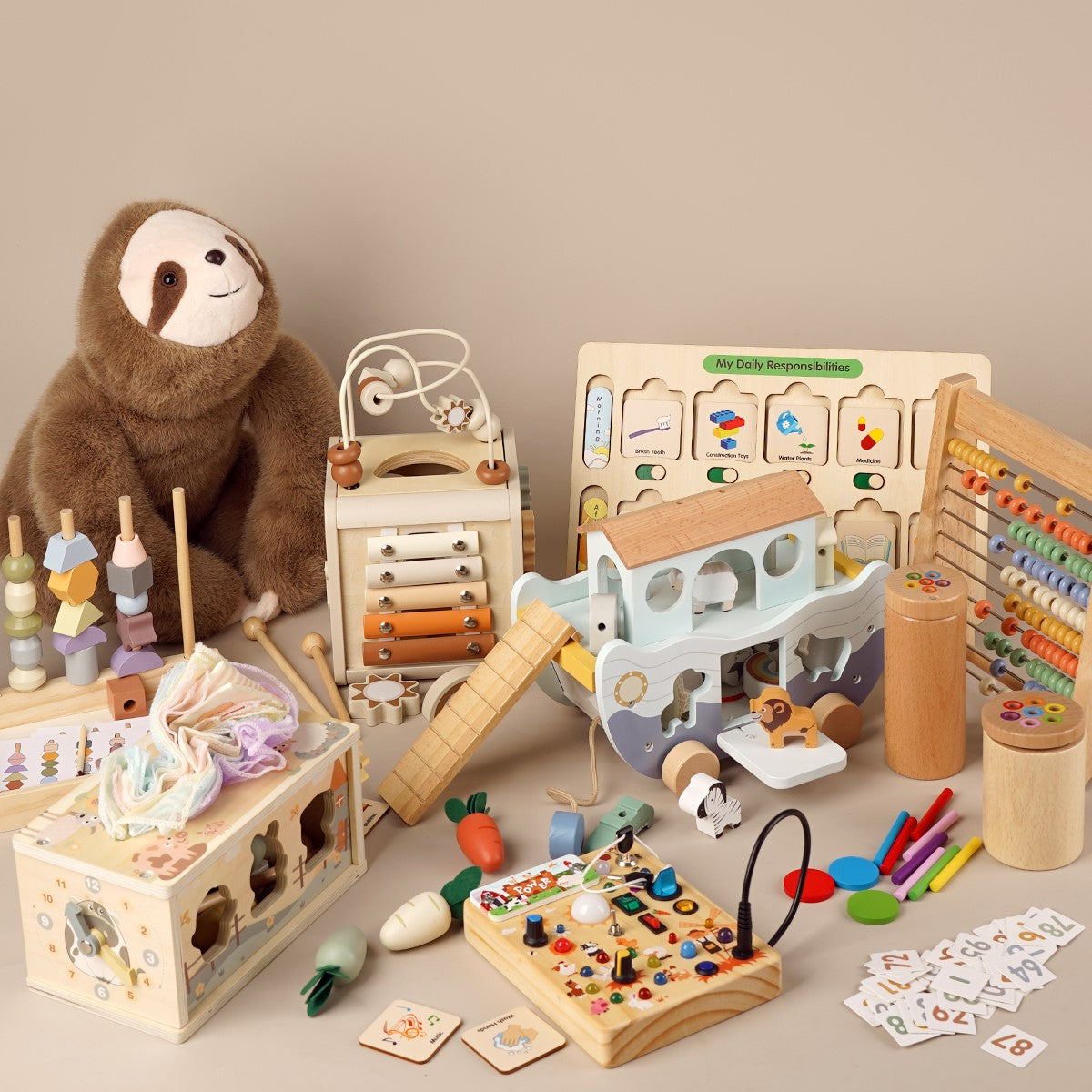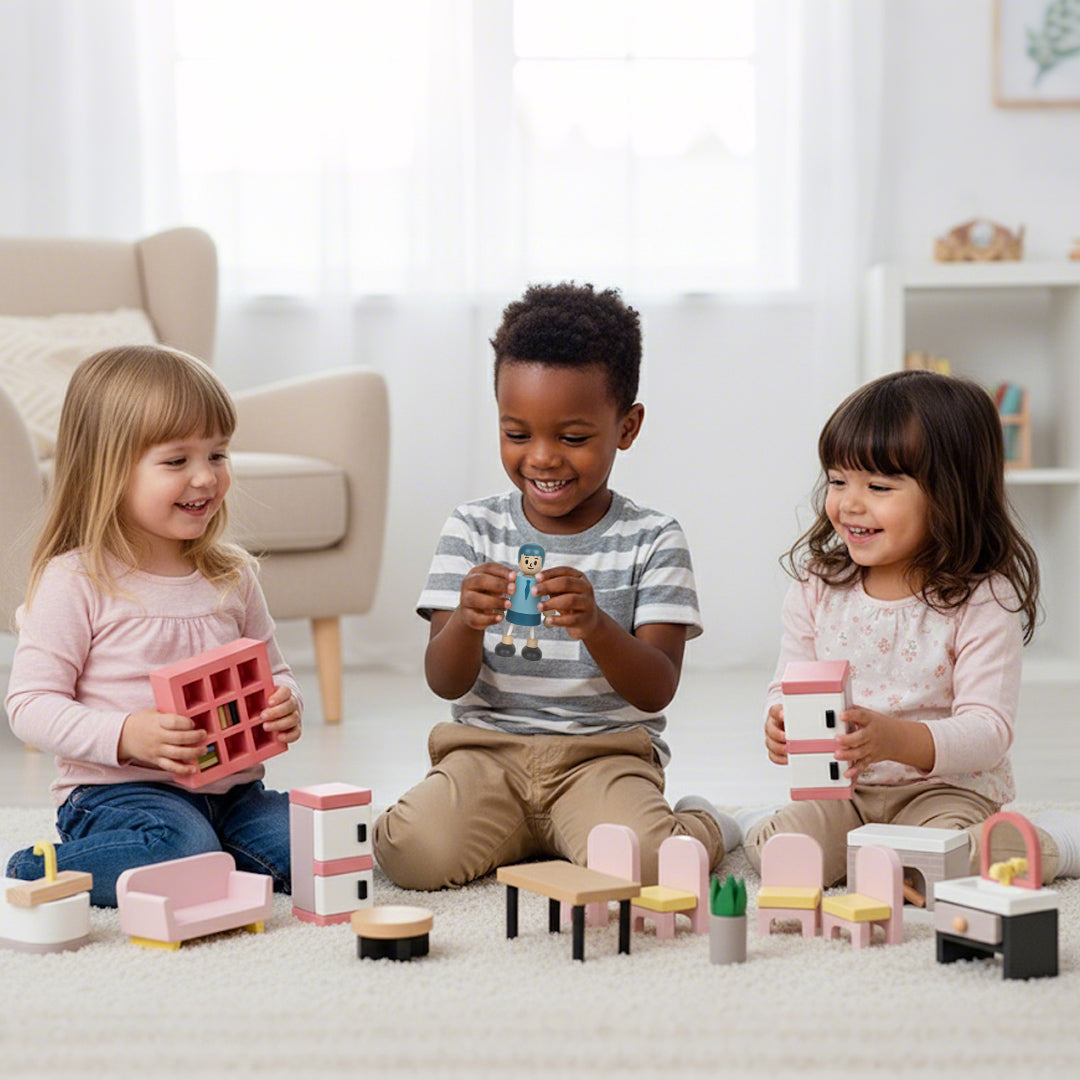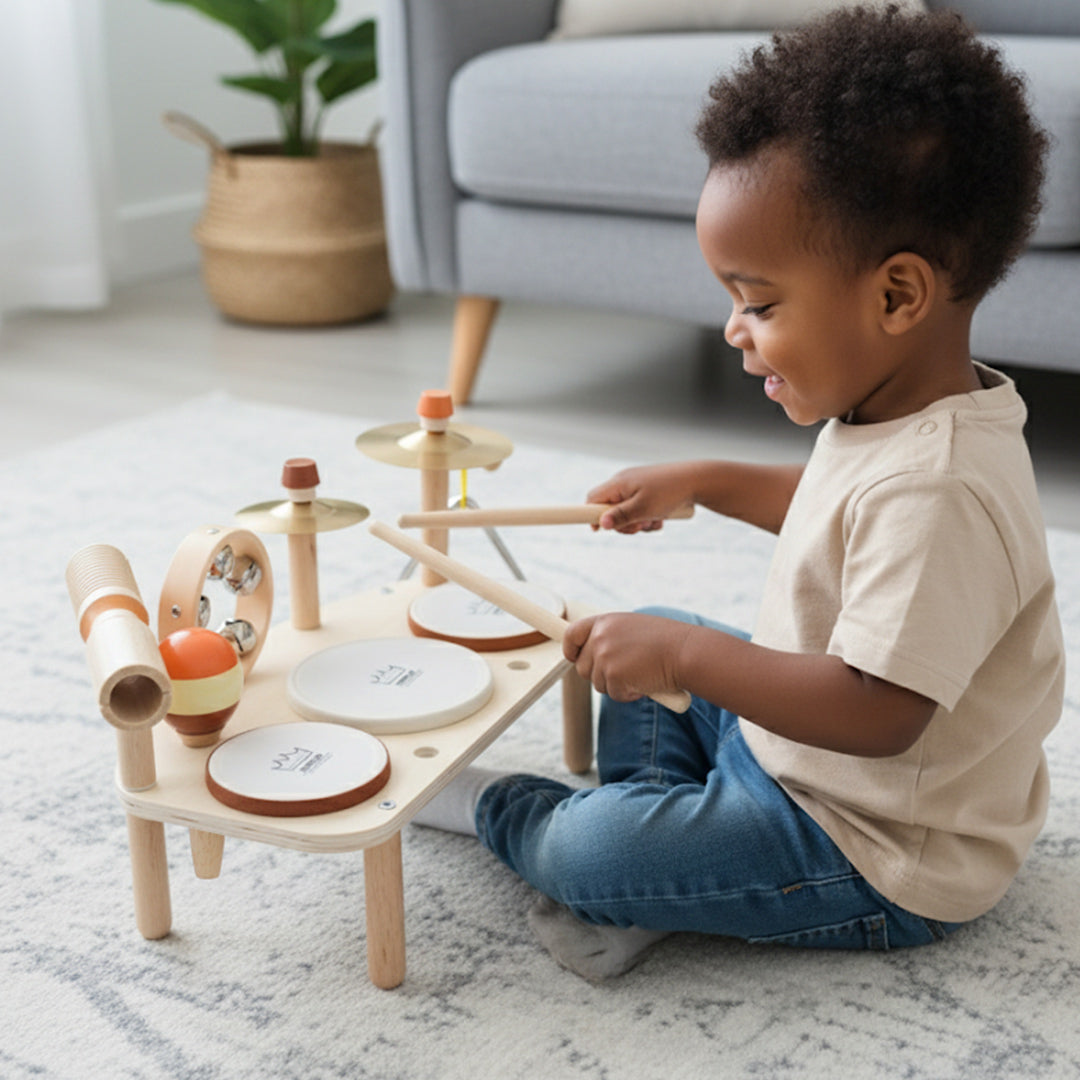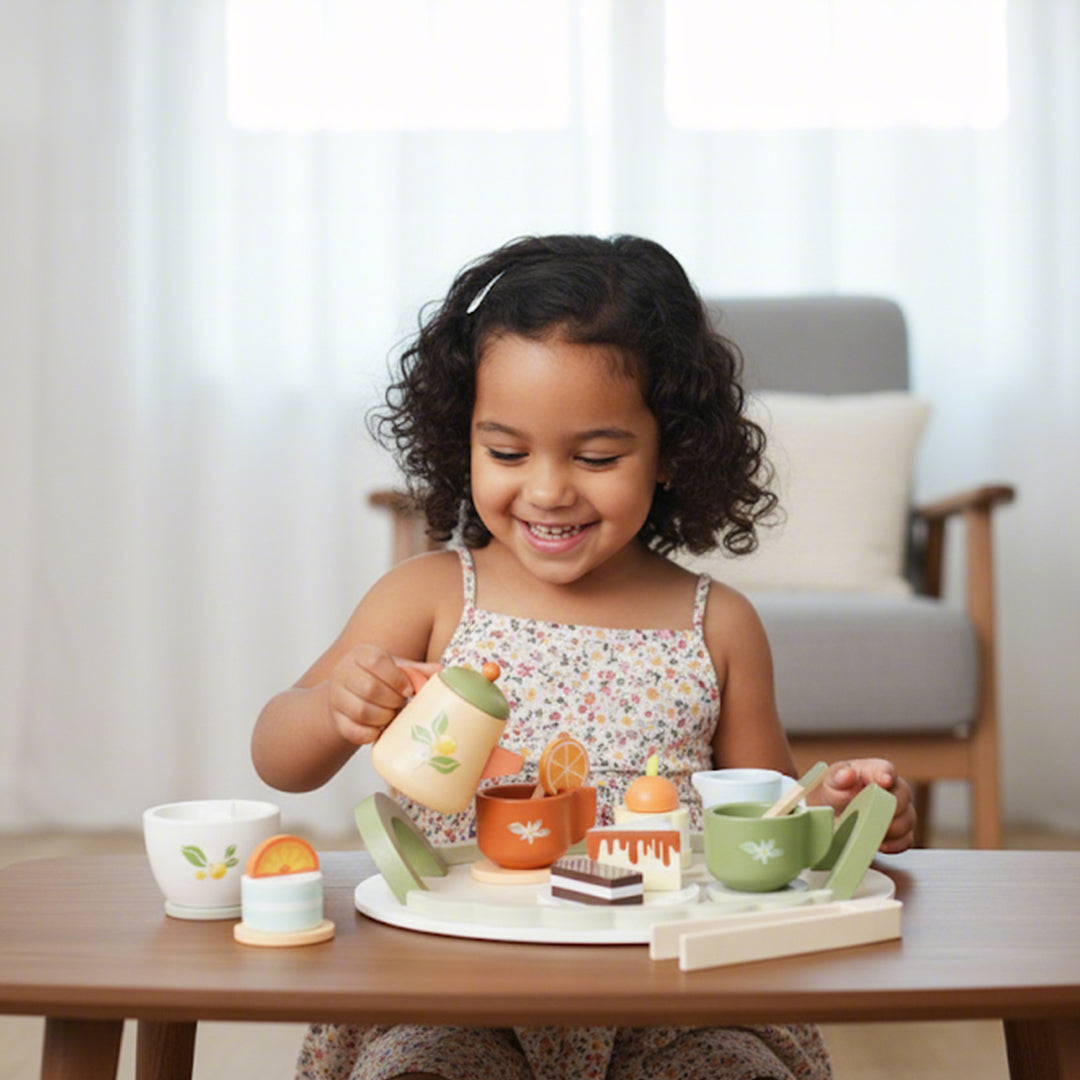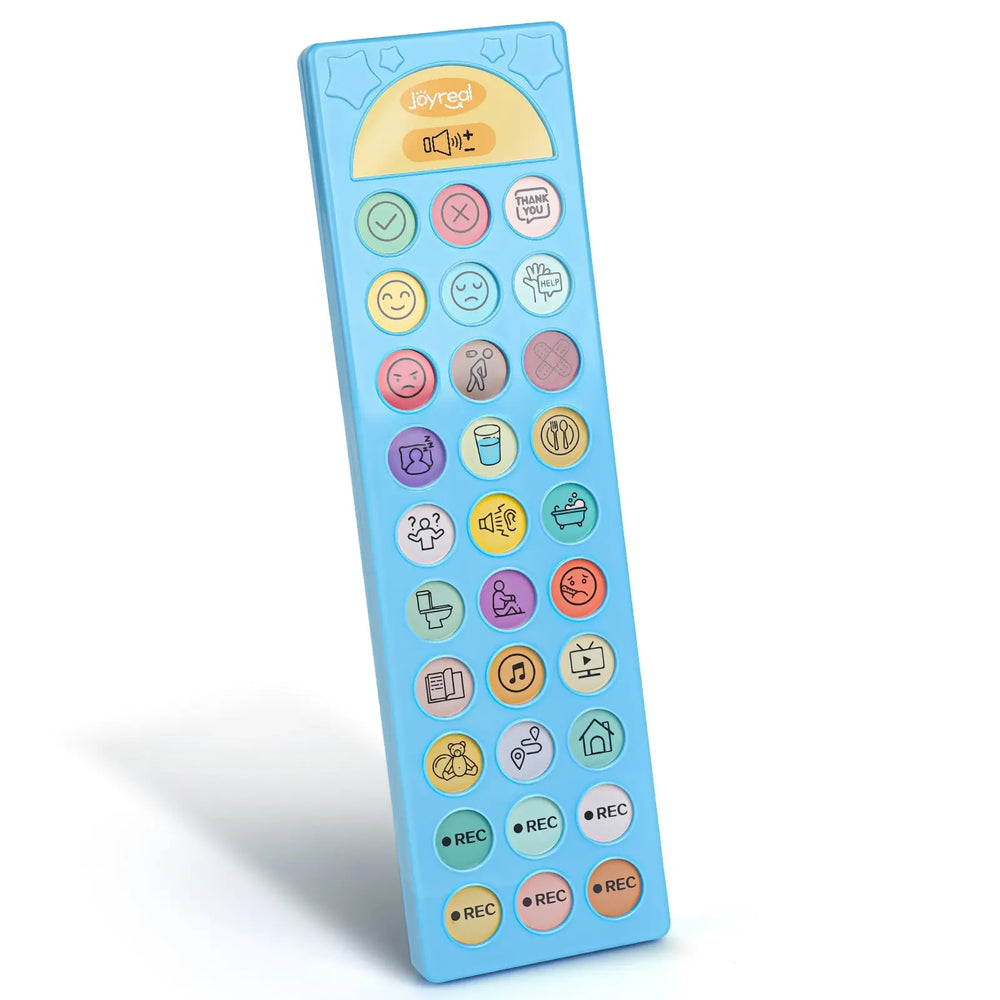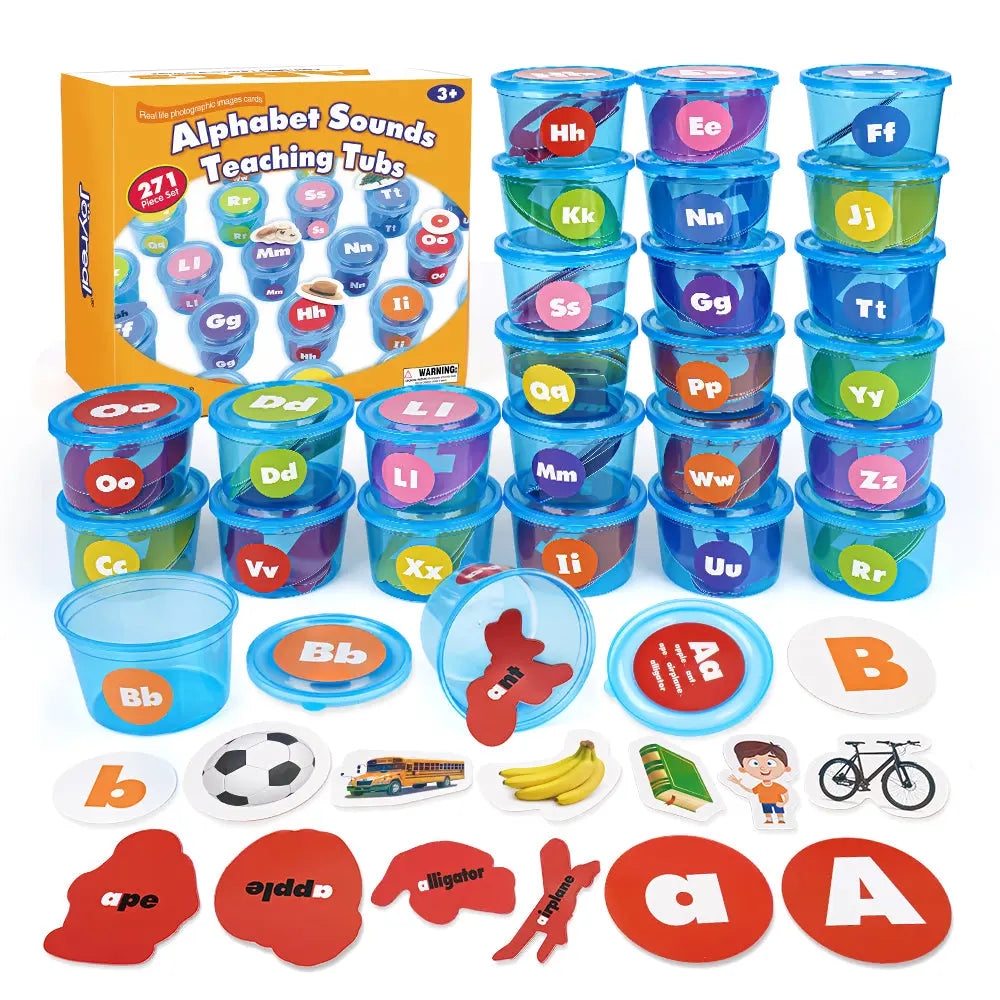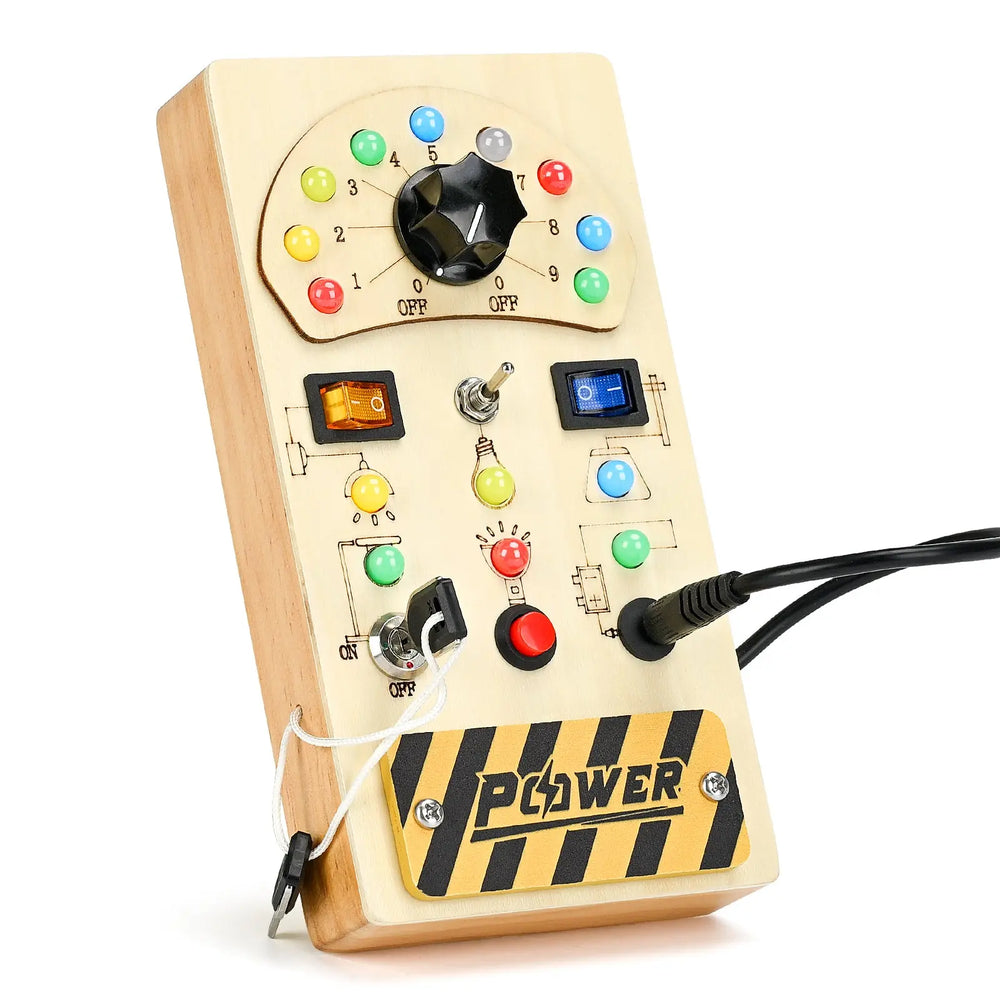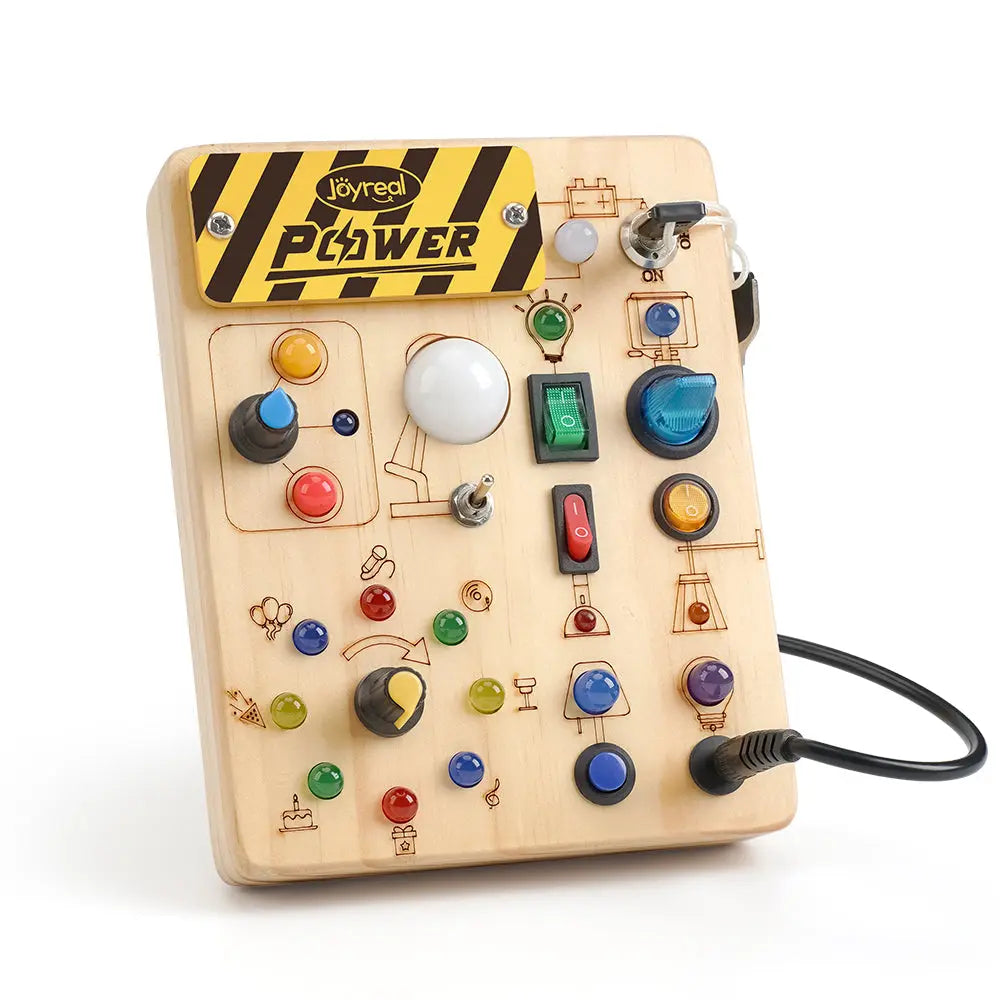Children’s Day Gift: Smart Toys for Curious Little Thinkers
Children’s Day is a celebration of curiosity, creativity, and the joy of learning. As parents and caregivers, choosing gifts that blend fun with education can spark lifelong passions and nurture critical skills.
Why Educational Toys Matter
Play is the foundation of learning. Educational toys engage children’s senses, encourage problem-solving, and foster creativity while making learning feel like an adventure. From building motor skills to introducing STEM concepts, the right toys can turn playtime into a growth opportunity.
High-quality educational toys support early childhood development by improving:
- Fine motor skills (grasping, buttoning, zipping)
- Cognitive abilities (problem-solving, memory, logic)
- Language skills (letter recognition, vocabulary building)
- Independence & creativity (self-directed learning)
Two exceptional options are Montessori busy boards and alphabet learning toys.
1. Montessori Busy Boards – The Ultimate Hands-On Learning Tool
Montessori busy board are interactive panels with various sensory and motor skill activities, following the child-led learning approach.
Key Benefits:
- Develops Fine Motor Skills – Latches, zippers, and knobs strengthen finger muscles.
- Encourages Problem-Solving – Locks, gears, and switches teach cause-and-effect.
- Boosts Independence – Kids learn real-life tasks (buttoning, tying shoelaces).
- Sensory Stimulation – Textured surfaces, mirrors, and sound elements enhance exploration.
Learn more montessori education: https://joyrealtoys.com/blogs/news/montessori-education-a-different-approach-to-learning
Enhance Play & Learning with montessori busy boards:
- Buckles & clasps (for dressing practice)
- Rotary phone dials (for number recognition).
- LED lights & sound buttons (extra engagement)
2. Alphabet Learning Toys – Building Early Literacy
Alphabet toys make learning letters interactive and fun, setting the foundation for reading and writing.
Types of Alphabet Toys & Their Benefits:
- Wooden Letter Puzzles – Helps kids recognize shapes and practice matching.
- Interactive Flashcards – Combines visuals with word association.
- Electronic Alphabet Boards – Says letter sounds & words aloud.
- Magnetic Letters – Great for fridge play and word-building games.
Effective Ways to Incorporate Montessori Busy Boards & Alphabet Learning Toys into Playtime
To maximize the educational benefits of these toys, use structured yet child-led play techniques.
1. Montessori Busy Board Playtime Strategies
A. Structured Exploration (For Beginners)
- Demonstrate First – Show how buttons, zippers, and latches work, then let the child try.
- Introduce Challenges – Say, "Can you open the lock in 10 seconds?" or "Find the blue latch!
- Rotate Activities – Focus on one skill per session (e.g., buckling straps one day, turning gears the next).
B. Imaginative Play Integration
- Pretend Scenarios – Turn the board into a "spaceship control panel" or "treasure chest locks.
- Storytelling – "The puppy is stuck behind the gate—can you undo the latch to free him?
C. Fine Motor Skill Boosters
- Timed Challenges – "Let’s see how fast you can button this shirt!
- Sensory Pairing – Add textured fabrics (felt, velvet) or sounds (bells, clickers) for extra stimulation.
Pro Tip: Keep the board in a visible, accessible spot (like a play mat) for spontaneous engagement.
2. Alphabet Learning Playtime Techniques
A. Phonics & Letter Recognition Games
- "Letter Hunt" – Hide magnetic letters in rice/sand and have kids find & name them.
- "Sound Matching" – Say "/b/ like ball"—ask the child to pick the correct letter.
- Tactile Tracing – Use 3D letters to trace shapes with fingers (enhances muscle memory).
B. Interactive Word-Building
- CVC Words (Cat, Dog) – Start simple: "Let’s spell ‘sun’—find S-U-N!
- Rhyming Games – Use flashcards: "What rhymes with ‘hat’? Change the first letter!
C. Tech + Toy Combo
- Pair with Apps – Use apps like "Endless Alphabet" alongside physical letters.
- Record & Playback – Have kids say letter sounds into a voice recorder to self-check.
3. Daily Routine Integration
| Time Slot | Activity Idea | Skill Targeted |
| Morning | Alphabet Scavenger Hunt" during breakfast | Letter recognition |
| Afternoon | Busy board while waiting for dinner | Fine motor skills |
| Evening | Spell bedtime story words together |
Phonics & vocabulary Example Day |
Example Day:
- 9 AM: Play with the busy board while singing "This Is the Way We Button Our Shirt.
- 3 PM: Use alphabet magnets to spell out snack names (e.g., "B-A-N-A-N-A").
- 7 PM: Trace letters in a salt tray before bedtime.
Key Takeaways for Effective Play
- Follow the Child’s Lead – If they love zippers, focus there before introducing buckles.
- Mix Learning with Fun – Turn activities into games, not drills.
- Keep Sessions Short – 10-15 minutes for toddlers, 20-30 minutes for preschoolers.
- Repetition is Good – Revisiting activities reinforces skills.

How to Choose the Right Toy
- Match Developmental Stages: Check age labels to ensure safety and relevance.
- Follow Interests: A space-obsessed child will adore a telescope; a budding artist needs quality supplies.
- Prioritize Safety: Opt for non-toxic materials and avoid small parts for young kids.
- Balance Fun & Learning: If it feels like a chore, kids won’t engage. Look for open-ended play potential.
Maximizing the Educational Value
- Play Together: Ask questions like, “What happens if you try this?” to deepen learning.
- Rotate Toys: Keep things fresh and maintain excitement.
- Connect to Real Life: Use a cooking set to teach fractions or a garden kit to discuss biology.
Final Thoughts
The best educational toys don’t just teach—they inspire wonder. This Children’s Day, give a gift that combines joy with growth, whether it’s a simple busy board or a high-tech robotics kit. Remember, the goal is to nurture a love for learning that lasts far beyond the holiday.
Happy Children’s Day! May their playtime be filled with discovery and laughter.
Maybe it will be helpful for you:
Recent Post

What Finally Helped My Toddler Speak Up?
If you’re a toddler mom, you already know how much emotional weight...

Joyreal Christmas Toys Deals 2025
Enjoy instant savings across nearly every category, from early lear...

How Wooden Montessori Toys Support a Sustainable Childhood
Most parents don’t say it out loud, but many feel the same quiet fr...

Top Christmas Gifts to Help Kids Communicate Better This Holiday Season
The holiday season brings joy, family bonding, and endless opportun...

How to Make DIY Printable Communication Boards
Communication is at the heart of every child’s development — and fo...

Top 5 Christmas Gifts That Bring Families Closer (2025 Guide)
Christmas isn’t just about the gifts — it’s about the moments we c...

Top Musical Christmas Gifts for Toddlers & Preschoolers 2025
Why Musical Gifts Are Perfect for Toddlers and Preschoolers Music h...

Joyreal AAC Devices Wholesale Partner
In today’s educational and therapeutic environments, speech therapi...

Joyreal AAC Device – Big Sale for Autism & Speech
Every Voice Deserves to Be Heard Imagine your child looking up at y...

How to Choose Safe & Educational Toys for Christmas 2025
When “Just a Toy” Means So Much More If you’re a parent, you know t...
